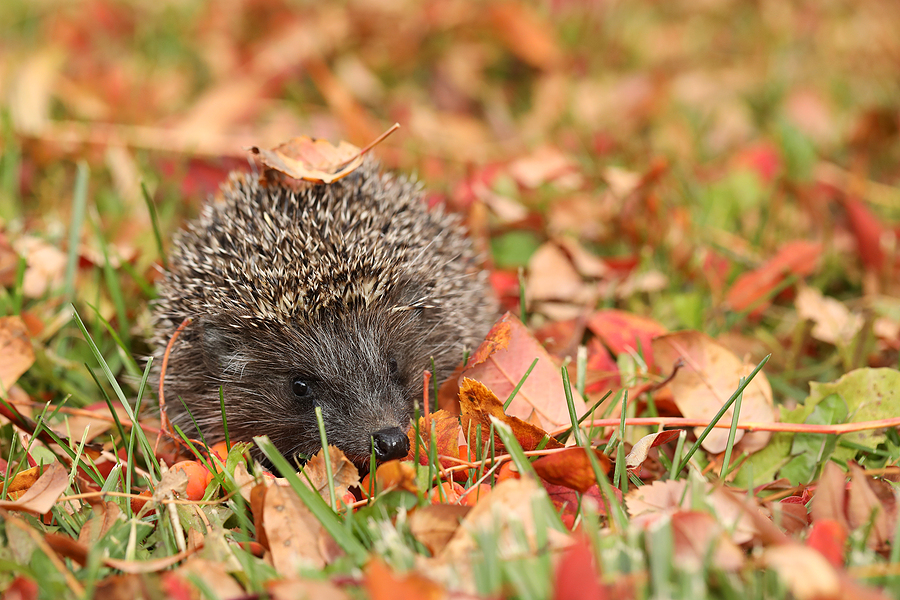Top tips to help hedgehogs hibernate
Hedgehogs are charming and endearing creatures that often visit our gardens.
Hedgehogs usually hibernate from October/November through to March/April. Research has shown that each individual is likely to move nesting sites at least once during this period and so can sometimes be seen out and about. During mild winters hedgehogs can remain active well into November and December.
Hibernation is a crucial part of their natural cycle, allowing them to conserve energy and survive harsh conditions. As responsible gardeners and animal lovers, we can do our part to help hedgehogs hibernate successfully.
In this feature, we will share the top tips to ensure these adorable spiky mammals have a safe and comfortable hibernation period.
Create Hedgehog-Friendly Habitats
One of the best ways to support hedgehogs during hibernation is to provide them with suitable habitats. Ensure your garden has a variety of hiding spots, such as leaf piles, log piles, or even specially designed hedgehog houses. These shelters offer protection from the cold and predators.
 Check for Hedgehog Residents
Check for Hedgehog Residents
Before you start any garden work in the late autumn, especially bonfires, check carefully for hedgehogs. They may have already made a nest for hibernation in your garden. Gently inspect areas like compost heaps and under sheds or hedges. If you find a hedgehog, leave it undisturbed and adjust your plans accordingly.
Provide Food and Water
 Hedgehogs need to stock up on food before hibernating, so ensure they have access to a reliable food source in your garden. Leave out dishes of cat or dog food (preferably wet food) and fresh water. Avoid giving them milk, as hedgehogs are lactose intolerant.
Hedgehogs need to stock up on food before hibernating, so ensure they have access to a reliable food source in your garden. Leave out dishes of cat or dog food (preferably wet food) and fresh water. Avoid giving them milk, as hedgehogs are lactose intolerant.
Keep Garden Hazards at Bay
Make your garden hedgehog-friendly by removing potential hazards. Check for open drains or holes they might fall into and cover them. Keep your garden free from litter and ensure netting is properly secured to prevent hedgehogs from getting tangled.
Monitor Temperature Fluctuations
Hedgehogs can be sensitive to temperature changes. During mild winters, they might wake up from hibernation, using up valuable energy reserves. If you notice a hedgehog active during winter, consult a local wildlife rescue center for guidance.
Avoid Disturbance
Resist the urge to disturb hedgehogs during their hibernation period. If you find one out and about, it might be in trouble. Consult a wildlife expert or rescue center for advice.
 Create Hedgehog Highways
Create Hedgehog Highways
Hedgehogs need to roam and find food before and after hibernation. Ensure your garden is connected to neighboring green spaces by creating small holes in fences or installing hedgehog tunnels. This allows them to move freely, increasing their chances of survival.
Support Local Hedgehog Rescue Organisations
If you’re truly passionate about hedgehog conservation, consider supporting local wildlife rescue organisations dedicated to the protection and rehabilitation of hedgehogs. The British Hedgehog Preservation Society (BHPS) is a registered UK Charity, founded in 1982, dedicated to helping & protecting hedgehogs native to the UK. Your donations or volunteer efforts can make a significant impact.
Hedgehogs are delightful garden visitors, and by following these top tips, you can help ensure they have a safe and successful hibernation period. By creating a hedgehog-friendly environment and being vigilant, we can play a crucial role in preserving these endearing creatures for future generations to enjoy.




















